We’ve all experienced some rather crazy moments of coincidence before in our lives.
In a world as random as the one we live in, coincidence is something that’s bound to strike us sooner or later.
Here’s just one example of something that happened to me recently: I was at a pub quiz, and as the quiz master started reading out a question about Childish Gambino who came on the jukebox randomly? You guessed it: Childish Gambino.
Yep, coincidence is just a natural part of life.
Even so, there are times when there are coincidences so crazy that it makes you stop and wonder.
Here are 10 coincidences that are so crazy they are hard to believe!
The Bearded Doppelgängers
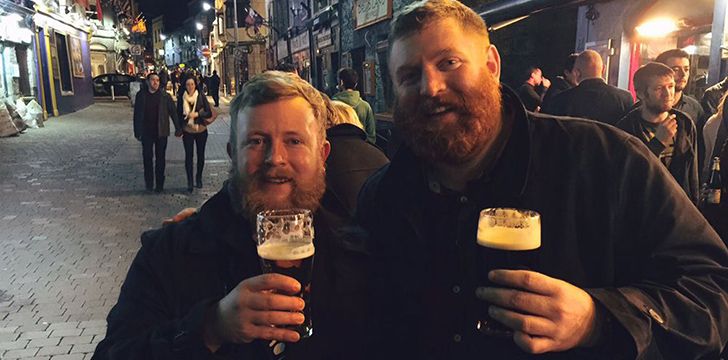
In 2015, Glaswegian photographer Neil Thomas Douglas boarded his Ryanair flight to Galway only to find another man sitting in his seat.
Coming face-to-face with the bearded stranger, Neil realized that he and the fellow shared a shocking resemblance.
The two had a big laugh about it together, along with the flight’s other passengers, then snapped a selfie together which went viral.
To meet your doppelgänger is only a 9% chance, so it was very much a big coincidence.
However, it got even weirder for Neil when he checked into his hotel.
Going down to the pub near his hotel that night after checking in, Neil bumped into his doppelgänger again! It turned out the two were staying in the same hotel!
So once again, they snapped a selfie, had a laugh together, then had a pint and chatted to each other about their lives. How interesting!
The Battle of the Imposters
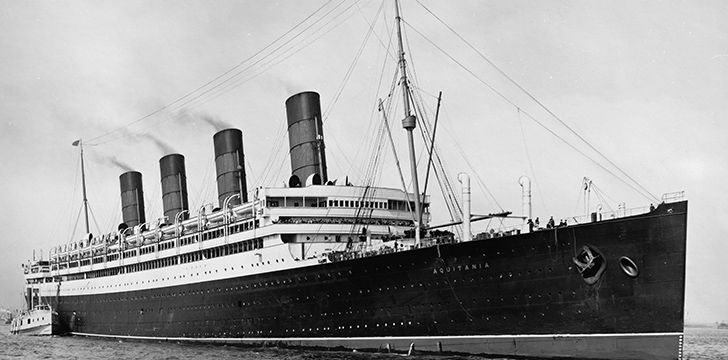
World War I was a devastating conflict the likes of which the world had never seen before.
Technology had advanced something crazy since the last big war, and so had tactics – especially deception tactics.
In the early days of the war, the British Navy converted a civilian cruise liner, the RMS Carmania, into a makeshift war vessel.
They retrofitted her with eight 4.7-inch guns and put her under the command of Captain Noel Grant to act as a merchant war vessel in the waters around Bermuda.
In the hopes of avoiding detection, the British Navy disguised the Carmania as a German passenger liner, the SMS Cap Trafalgar.
The plan worked splendidly when, on September 14, 1914, the Carmania ambushed and sank a German vessel off the coast of Brazil.
In a rather interesting moment of coincidence, the German ship that the Carmania sank was none other than the real SMS Cap Trafalgar, the same boat the Carmania was disguised as.
However, in an even bigger twist of coincidental fate, the SMS Cap Trafalgar had also been disguised to look like a British ocean liner.
Specifically, it had been dressed up to look like the RMS Carmania!
A Throwaway Pseudonym
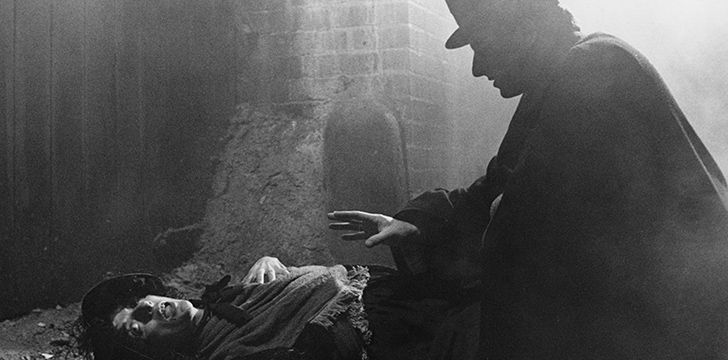
In the late 1800s, London was terrorized by an infamous killer known as Jack the Ripper.
Stalking the streets of London at night, Jack the Ripper preyed on ladies during the night and mutilated their bodies in all sorts of horrific ways.
On September 29, 1888, Catherine Eddowes was arrested for being drunk and disorderly at 8:30 pm.
Deemed sober enough to go home at 12:55 am, Catherine left the police station, lying to the police and telling them she was called Mary Kelly and that she lived at 6 Fashion Street.
In the early hours of September 30th, Eddowes met her gruesome fate at the hands of the infamous Ripper on her way home from the police station.
Over the coming months, Jack the Ripper would go on to claim the lives of several different women.
The last of which was very coincidentally called Mary Kelly.
The Unsinkable Lady
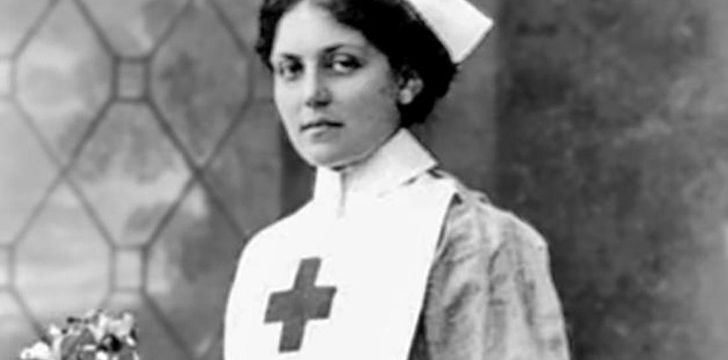
Every now and then there are people who live remarkable lives, full of enough happenstance and coincidence to fill a thousand lives. Violet Jessop is one such example.
Dubbed “The Unsinkable Lady,” Jessop was the survivor of three of Britain’s worst oceangoing disasters.
Jessop was an Irish Argentine stewardess and nurse who worked for White Star liners.
In 1911, she started working as a stewardess on the White Star vessel RMS Olympic.
The largest civilian liner at her time, the Olympic was embroiled in tragedy when she was leaving port in Southampton and struck the British warship HMS Hawke.
The collision left both ships badly damaged but got off lucky with no fatalities.
After this near miss, aged 24, Jessop received an ill-fated new posting as a stewardess aboard the new White Star ocean liner, RMS Titanic on April 10, 1912.
We all know what happened to the Titanic four days later when it struck an iceberg.
Acting as an example for non-English speakers, Jessop stood above decks instructing passengers how to safely evacuate.
She was loaded into lifeboat 16 and, once again, Violet Jessop remained above the waves.
During the First World War, she was working for the British Red Cross as a stewardess aboard the HMHS Britannic, a White Star liner that had been converted to act as a hospital ship. On November 21, 1916, the Britannic suffered an explosion in the Aegean Sea.
The undetermined result of a mine or torpedo, the explosion caused the Britannic to sink in a mere 55 minutes.
Despite the deaths of dozens around her and the fact she sustained a very nasty head injury, Violet Jessop survived once again.
Living an extraordinary life, Violet Jessop was coincidentally involved in three of Britain’s worst maritime disasters and lived to tell the tale of each one.
An Eternal Salute
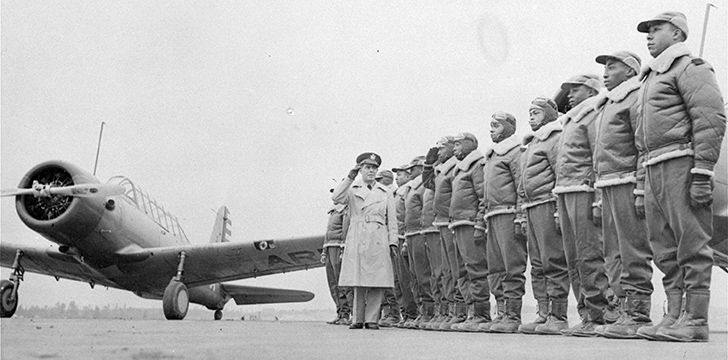
World War I was a tragedy that claimed the lives of around 40 million people – soldiers and civilians alike.
Weighing into the war, the British Empire mobilized roughly six million troops, with about 1 million never returning home and many more being wounded.
Of the British soldiers who fell during the war, the first to fall was Private John Parr.
Cut down by advancing German troops on the French/Belgian border on August 21, 1914, John Parr’s life ended only 16 years after it began.
Although he was the first, he most certainly wasn’t the last.
As the war raged on, the tides turned in favor of the Allies, and on November 11, 1918, at 11 am, the Central Powers surrendered. Up until this surrender, the fighting continued to rage on.
At 9:30 am on that historic November morning, Private George Ellison of the Royal Irish Lancers was tragically killed in fighting with enemy forces.
36 years old, Private Ellison had been a soldier before the war, being shipped out to the front lines in France.
John Parr and George Ellison were the first and last British soldiers to fall during The Great War.
Although there is something else, something far more coincidental, that links them.
The two were both buried in Belgium’s Saint Symphorien Cemetery, 15 feet apart, with their graves facing each other.
Whilst this may seem like a beautiful piece of symbolism, it was pure coincidence that the first and last British soldiers to die were buried facing each other, locked in a poignant, eternal salute.
A Rather Rare Book
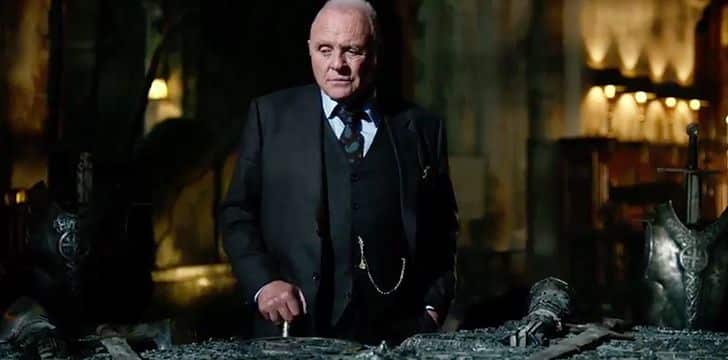
In 1972, legendary actor Anthony Hopkins accepted the lead role in George Feifer’s film The Girl from Petrovka, based on Feifer’s book of the same name.
Ever the diligent actor, Hopkins wanted to read the book to get further into his character’s mind.
However, after searching high and low for the book to no avail in the bookstores of London, Hopkins eventually gave up on the pursuit.
As he was on the London Underground going home, Hopkins saw a book face down on the carriage he was riding in.
He walked over and picked up the book, examining the front cover. It was The Girl from Petrovka.
Pretty coincidental, right? Well, it gets better.
Two years later, during filming, Hopkins and Feifer were chatting about the former’s inability to find a copy of the latter’s book.
George Feifer admitted to Hopkins that not even he had a copy of his own book.
To Feifer’s misfortune, he’d lent his personal copy to a friend in London who had lost it.
The copy was complete with all of Feifer’s original annotations.
Shocked and startled, Hopkins pulled out the same copy of The Girl from Petrovka he had found on the Tube two years ago.
“This one?” He asked Feifer, who examined it.
It was that same original copy of George Feifer’s book that his friend had lost and Hopkins had found, and now it was back with Feifer.
The King and The Pizzeria
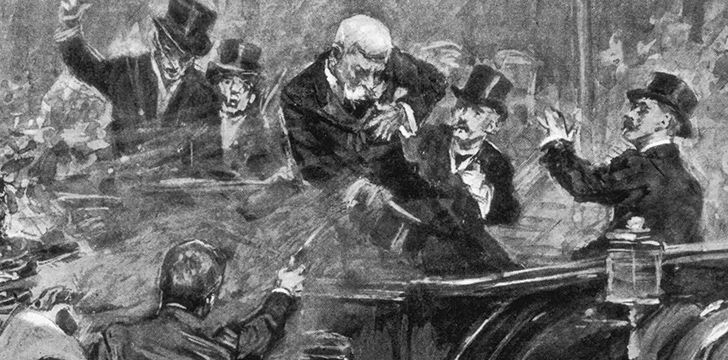
On July 28, 1900, the reigning Italian King, Umberto the First, went to a small restaurant in Monza, near Milan, for his dinner.
He was waited on by the restaurant’s owner personally, and upon taking his order the pizzeria, also named Umberto, realized they shared the same name.
The similarities didn’t end there, however. The two men looked very much alike, and not only that but they both shared the same birthday, March 14th.
On top of that, they were also both born during the same year, 1844, and both of them were born in the town of Turin!
They had both even married a lady named Margherita on the same day! The date of King Umberto’s coronation was also the date that Umberto the pizzeria had opened up his restaurant.
The day after eating at the restaurant, King Umberto learned that the restaurateur had been killed in an unexplained shooting.
Deeply saddened by the death of his newfound friend, the King expressed his regret during a speech to a crowd.
At that moment, an anarchist by the name of Gaetano Bresci pulled out his gun and shot King Umberto I dead.
Franz Ferdinand’s License Plate
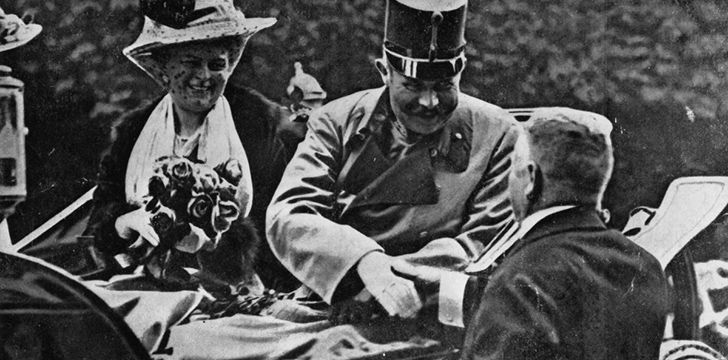
Austro-Hungarian Archduke Franz Ferdinand’s assassination on June 28, 1914, is often considered as the spark that ignited the flames of the First World War.
The Archduke’s assassination was, in itself, very coincidental.
After an assassination attempt on his life days before failed and wounded several officers in a car behind him, the Archduke decided to visit the wounded officers in hospital.
Driving back from this visit, his driver took a wrong turn and ended up stuck in traffic outside a cafe.
At the exact moment, this happened a young man named Gavrilo Princip was exiting the cafe having just picked up a tasty sandwich for lunch.
Princip, a member of the terrorist organization The Black Hand, had tried to assassinate the Archduke days before.
Princip walked out of the cafe, saw the Archduke, pulled out his pistol, and gunned Franz Ferdinand and his wife down.
Boom. World War I.
Whilst very coincidental, something even more startlingly coincidental is the number plate of the Archduke’s car: A 111 118.
So why is that coincidental?
Well, the First World War ended with an Armistice on November 11th.
A 111 118.
Armistice Day – A. November 11, 1918 – 11/11/18.
A 111 118. Mind-blowing!
Meeting Your Rescuer at Work
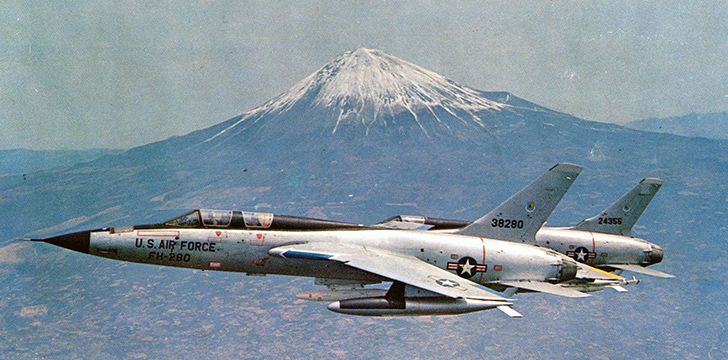
On Labor Day in 1965, Gary Barnhill sortied in an F105D fighter jet en route to Hanoi, North Vietnam.
During a routine mid-air refueling, Barnhill’s wingman alerted him to the fact he was leaking fuel at an alarming rate.
Barnhill disconnected from the tanker and, without even checking the situation, punched his ejector button and shot up out of the aircraft only a second before it erupted into flames.
Landing in the clearing of a thick forest, Barnhill sat and awaited rescue, hoping that friendly forces would get to him before those less friendly.
Despite his flight lead alerting rescuers to his position, Barnhill – ever the showman in his youth – decided to fire up his rescue flare just for the hell of it.
The chopper that found and rescued him and had lost its radio earlier that day and only found him due to the coincidentally lucky flare he chose to fire off.
Barnhill never caught the name of the helicopter pilot who came to his rescue, nor did he ever actually thank him.
He went on to serve during the rest of the war and, after his retirement, became an airline co-pilot for TWA.
Years later, sitting in a coffee shop in a Philadelphia layover, he got chatting with TWA Flight Engineer called Bill Wirstrom.
They started having the “what did you do before TWA” conversation and, much to his surprise, Wirstrom said to Barnhill that he flew choppers during Vietnam.
Upon hearing that Barnhill was a fighter pilot, Wirstrom mentioned that he’d picked up a few downed fighter pilots, including one incredibly lucky guy who’d ejected one second before his plane exploded.
A little shocked, Barnhill asked Wirstrom if he remembered the date, and he did.
September 5, 1965 – Labor Day.
Barnhill thanked the former chopper pilot, doing what he never got the chance to do all those years ago.
By sheer coincidence, these two men had been reunited on the opposite side of the world, decades after they’d met by absolute coincidence, all because they shared the same employer.
Two Unlucky Brothers

On July 30, 1975, 17-year old Neville Ebbin was riding his electric cycle down a stretch of Middle Road know as Hog Bay Level in Bermuda.
What happened next was a tragedy for Neville and his family.
A taxi driven by a man named Willard Manders carrying a single passenger struck Neville and snuffed out his still-short life.
One year later – almost to the day – Neville’s younger brother Erskine was riding his dead brother’s auxiliary cycle on that exact same stretch of Middle Road.
In a shocking coincidence, the exact same taxi, driven once again by Willard Manders, carrying the exact same passenger struck and killed Erskine Ebbin.
To top it all off, Erskine, just as his brother had been, was 17 when he was tragically killed.
The two brothers had been struck down at 17 on the same bicycle, by the same taxi, with the same driver and passenger, on the same stretch of road.
Coincidences don’t come much crazier than that.
So there you have it, my top 10 crazy coincidences!
Have you ever been through a coincidence stranger than these?
Let us know down in the comments, and remember – never mistake coincidence for fate!

















